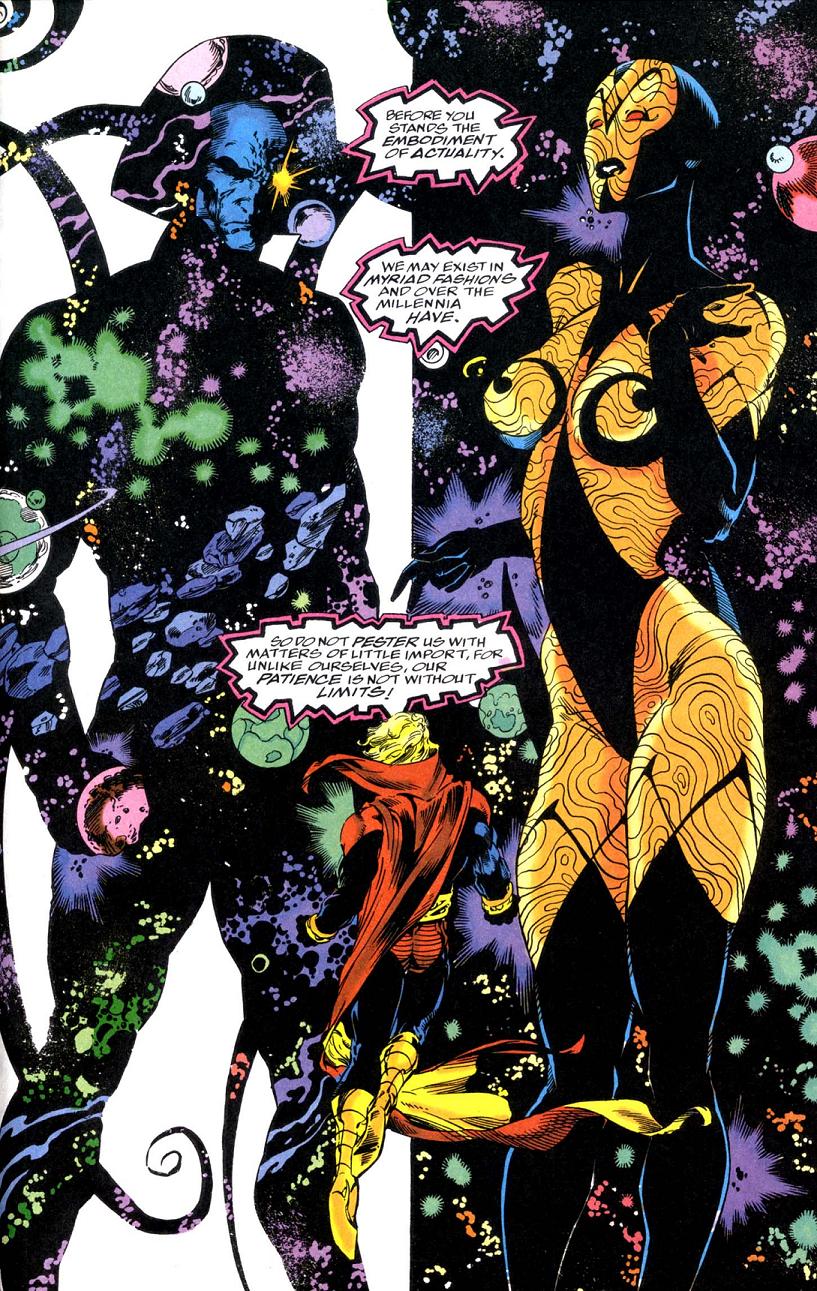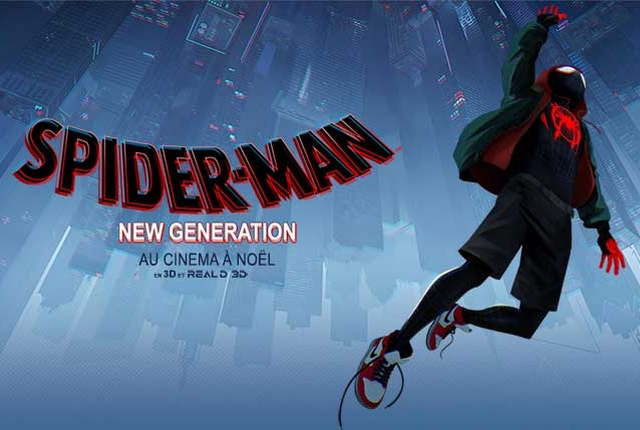

Hinduism, and other religions that derive from it, incorporate the theory of transcendent and immanent omnipresence which is the traditional meaning of the word, Brahman. In panentheistic beliefs, the divine interpenetrates the universe, but extends beyond it in time and space. In pantheistic beliefs, the divine and the universe are identical. In monotheistic beliefs like Christianity and Judaism, the divine and the universe are separate, but the divine is present everywhere. The omnipresence of a supreme being is conceived differently by different religious systems. Ubiquitous can also be used as a synonym for words like worldwide, universal, global, pervasive, all over the place. The term omnipresence is most often used in a religious context as an attribute of a deity or supreme being, while the term ubiquity is generally used to describe something "existing or being everywhere at the same time, constantly encountered, widespread, common". In this sense, the trailer not only evokes Spider-Man’s relationship with New York, but provokes some very interesting questions about digital history as the trailer itself, officially non-existent, has re-appeared on user-driven websites like YouTube.Omnipresence or ubiquity is the property of being present anywhere and everywhere.

#OMNIPRESENCE SPIDERMAN FULL#
And yet a full trailer in cinemas on September 10 2001, but not September 12, is not mentioned in any way, nor does it appear in any officially-released form. Documentaries mention the impact of 911 on the comic books, especially focusing on the controversial ‘black cover’ Amazing Spider-Man #36 in which Spider-Man visits ground zero just after the attacks. Notable, too, is the complete absence of this original trailer – or any mention of it –from any DVD release of the first Spider-Man film.

However, while the producers may favoured avoiding direct references to 911 and the long shadow it cast over the Spider-Man films, it is notable that director Sam Rami and his special effects team chose to leave spectres of that tragedy visible the CGI Twin Towers reflected in Spider-Man’s eyes in the trailer still appear in the feature film, despite the sequence it refers to lying on the cutting room floor (so to speak). Spider-Man, like many films made, but not released, before the Towers fell was re-shot and re-edited to remove any obvious references to the Twin Towers. In the first half of 2001, capturing a helicopter-load of bank robbers in a gigantic web spun between the two World Trade Center towers was a stunning evocation of the spectacular, but on September 11 such representation became culturally sacrilegious and Sony quickly removed the trailer from circulation. While the third film is currently omnipresent at multiplexes globally, the clip shown precedes the first film, and was in fact the first full Spider-Man trailer. Even the Spider-Man costume can be read not just as a literal spider’s web, but as metaphor for the city itself the grids of the New York’s streets, stretched across Peter Parker’s body, filled with the reds and blues of the American flag, encapsulate this patriotic everyman turned accidental hero. Peter Parker never inhabited a fictional Gotham or Metropolis, but has in one way or another been just one of the eight millions residents of American’s most mythical city. Spider-Man has always been intimately connected with New York.


 0 kommentar(er)
0 kommentar(er)
